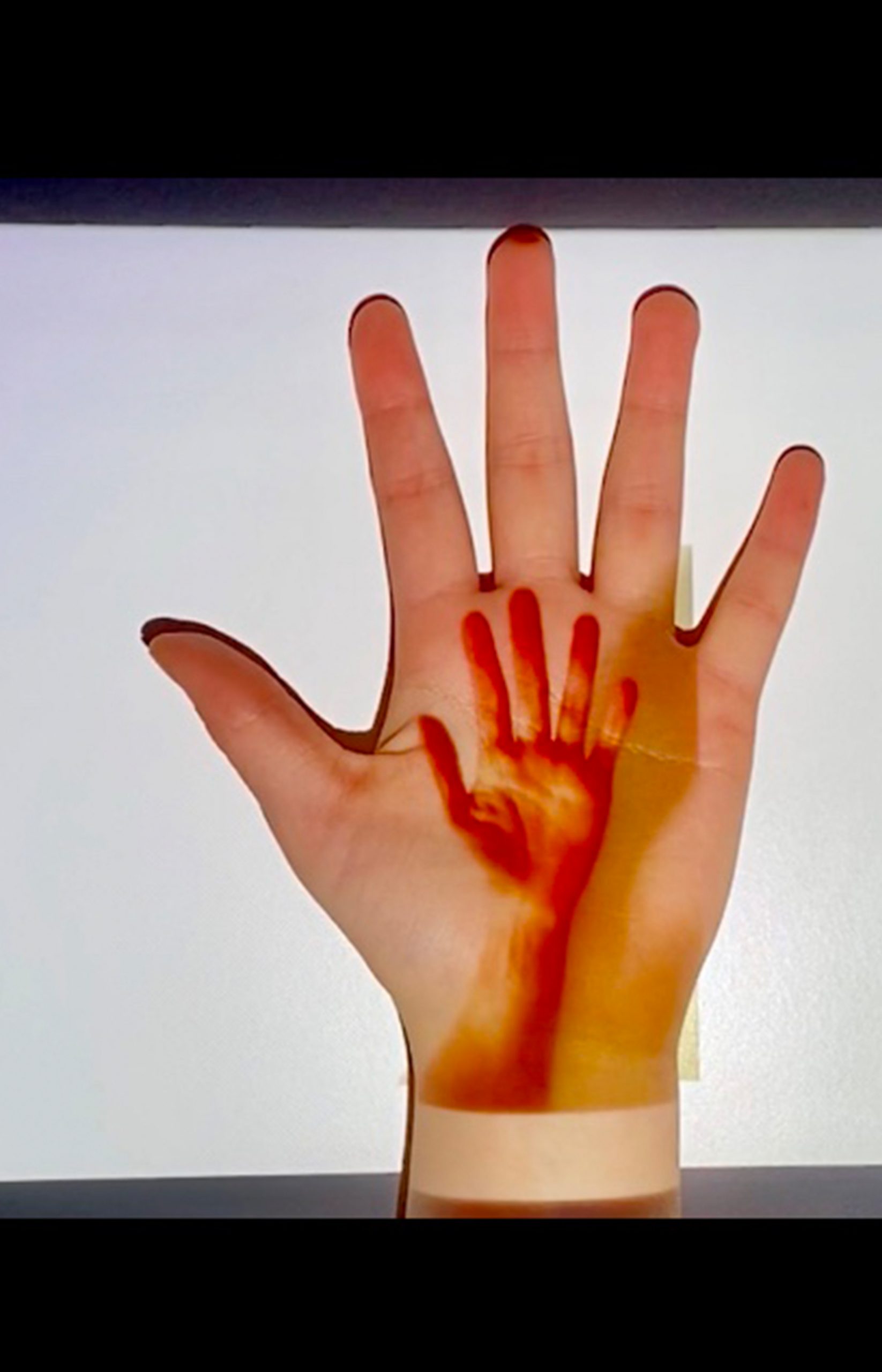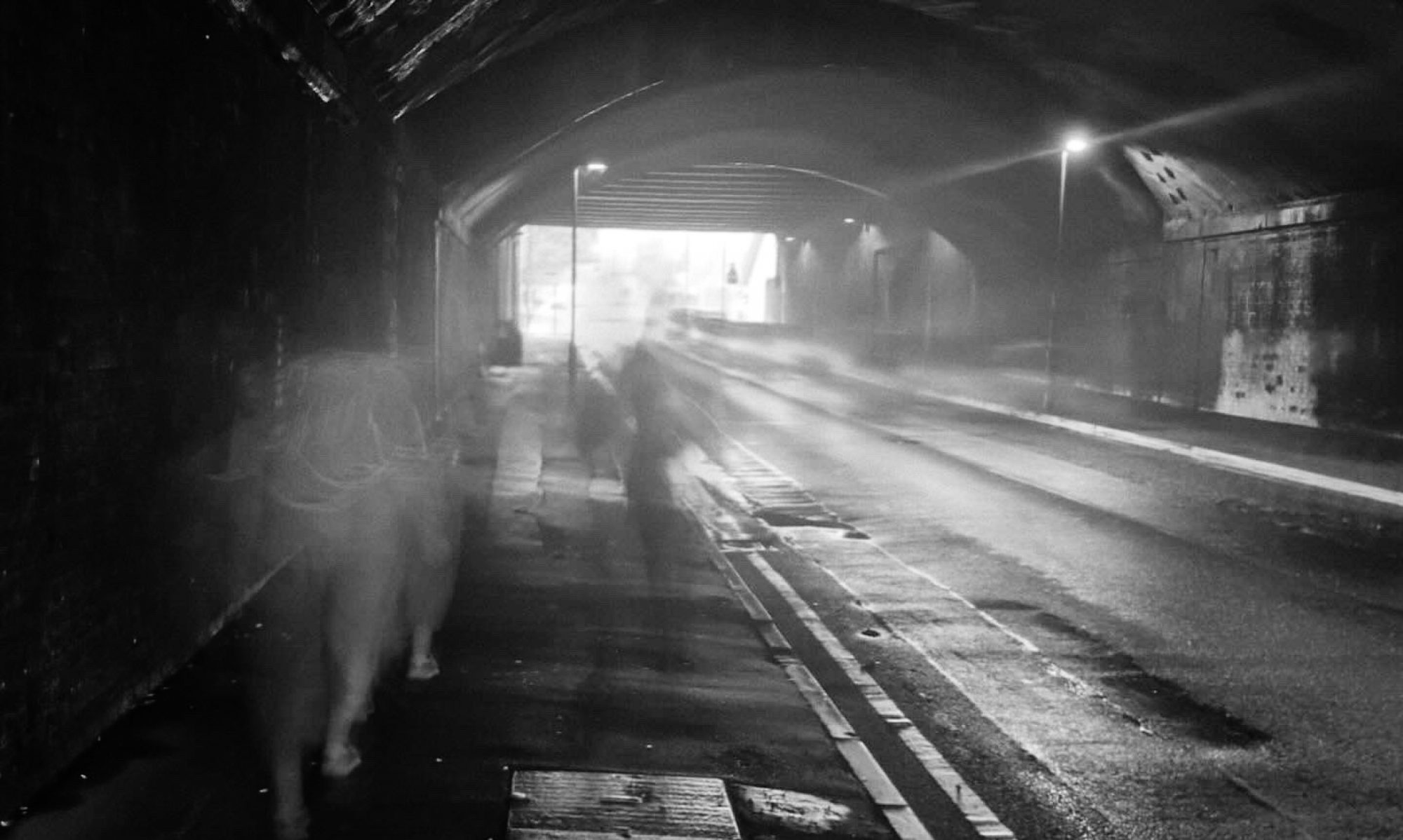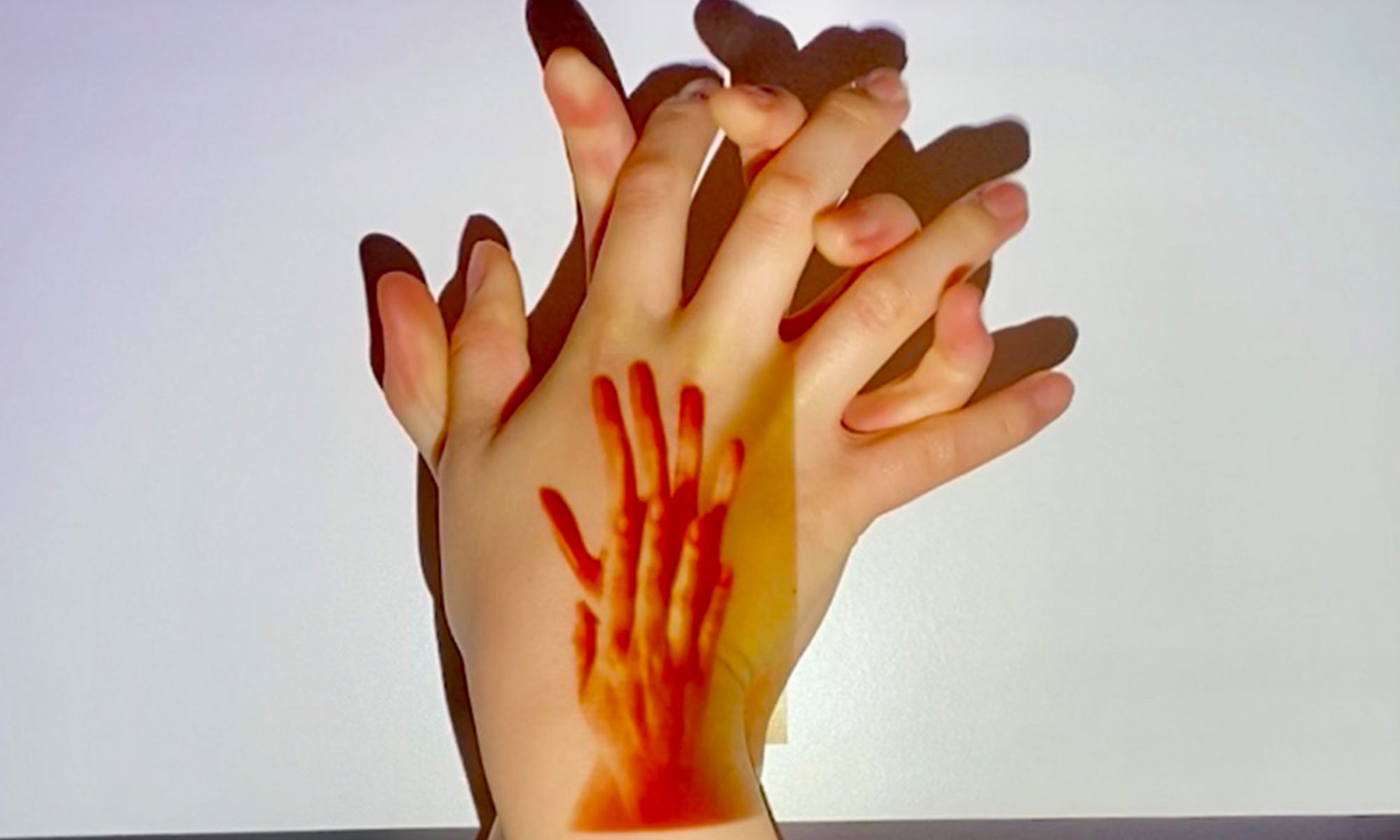Intimacy in Isolation.
This week has been one of meetings, technical failures and rethinking. And if I’m honest, I’ve had a great time. There is something so exciting about developing and growing a project, then pushing it in new directions. When technology fails or isn’t accessible during a pandemic, you really do just have to be creative and find new avenues of exploration. Part of creating these new avenues of research has been the group crits. Group crits are something that I actually really miss from my university days.
Wendy Yu and I have been separately attending group crits to discuss the development of the project. It has been an amazing opportunity to speak with other artists taking part in the Zero Hour Residency; as well as mentors brought in by We Belong Here. I was lucky enough to speak with Daniel Saul who hosted a group crit and Shabari Roa who I was pleased to have a development meeting with.
A Meeting with Shabari Rao
It can be argued that all works of art are self-portraits – but to physically use or depict yourself in an artwork is something I have refrained from doing for years. I can’t count the number of times I have started writing a blog about the issues of using myself as the subject of my own artwork, but never actually posted it – because that would put me in the centre of the discussion. After a wonderful meeting with Shabari Roa, I think I may be able to lay some of those issues to rest and push my work in the direction it has wanted to go.
Shabari is a dance maker, educator and researcher based in India. Her practice focuses on the body and the importance of embodiment. She investigates ways in which the body can be a site of liability as well as abundance.
‘The body is a fundamental, material constraint that each of us is born with. The current, dominant socio-cultural construction of the body encourages us to experience our body as a liability, almost as something that gets in the way of life: something that needs to
be fixed and managed.’ – Shabari Rao
Shabari and I spoke at length about the pitfalls of being the subject and object within a work and the need for stillness within the performance. As a visual artist, it is easy to stand behind the work. The work allows a viewer to explore themselves through the artwork and perhaps have an intimate moment with it, with themselves, with an abstract idea of you as the artist. You do not need to be physically present or give yourself outside of the presented work. As a performer, there is a need for presence; a need to show and allow intimacy in a direct manner.
Performance demands authentic intimacy. An audience needs to see the performer and feel them in a way which is vulnerable and open.
This is a position I have never taken by choice. Even in my performance work, I push the viewer into the role of performer or participant. I am someone in the shadow controlling the environment or setting the stage. My vulnerability or intimacy is given at a safe distance, far removed from its viewer.
Shabari’s piece Body Mine is a fantastic example of a performer questioning the role of ‘performance’ and the importance of connection within the physical body. Working with a performer, Wendy Yu, has made me reassess the importance of performance and physical presence within an artwork. A certain presence is called for.

As someone on the Autistic spectrum, I really struggle with my body and often feel at odds with it.
My sensory experience of touch does not seem to match with that of my peers. What I feel and what I ‘should’ feel are often worlds apart. Emotional intimacy far outweighs physical intimacy.
I often find myself wondering how different my subjective perception of a shared reality actually is. It is difficult to reconcile my perception versus the perception of me. I think that that raises interesting tensions within this project.
Within the work that Wendy and I are making, we are attempting to find intimacy within a space which lacks intimacy.
Digital space has none of the hallmarks of physical space. There is no physical touch, no way to make eye contact or truly be together. Again this is an interesting tension. We are neither together nor apart. We do however seem to be finding easy ways to communicate and build this space.
‘I was genuinely moved and drawn in by Jane’s work which I read as consecutive iterations pursuing a single desire; to touch a fellow human being across the big geographical and lockdown divides……. But I was moved in how they appeared to be sinking their desires into computer code, virtual spaces and digital interactivity.’ – Daniel Saul
We are building a genuine relationship and having intimate conversations. As Daniel Saul pointed out during the group crit, we have a genuine desire to connect. To be intimate with each other, even in an unorthodox manner.
All of this tension excites me. A dancer creating movement through computer code and a visual artist exploring performance and video. Through this, we are creating a digital space allowing the potential for more intimacy than physical space.
The project is evolving and we are finding intimacy in isolation.

To find out more about my time on the Zero Hour Residency or the work that has lead Wendy Yu and me to this point, read about our Tactile Intervention In A Digital Environment.
If you enjoyed this blog why not check out my final weekly blog Interrupting Solitude.

